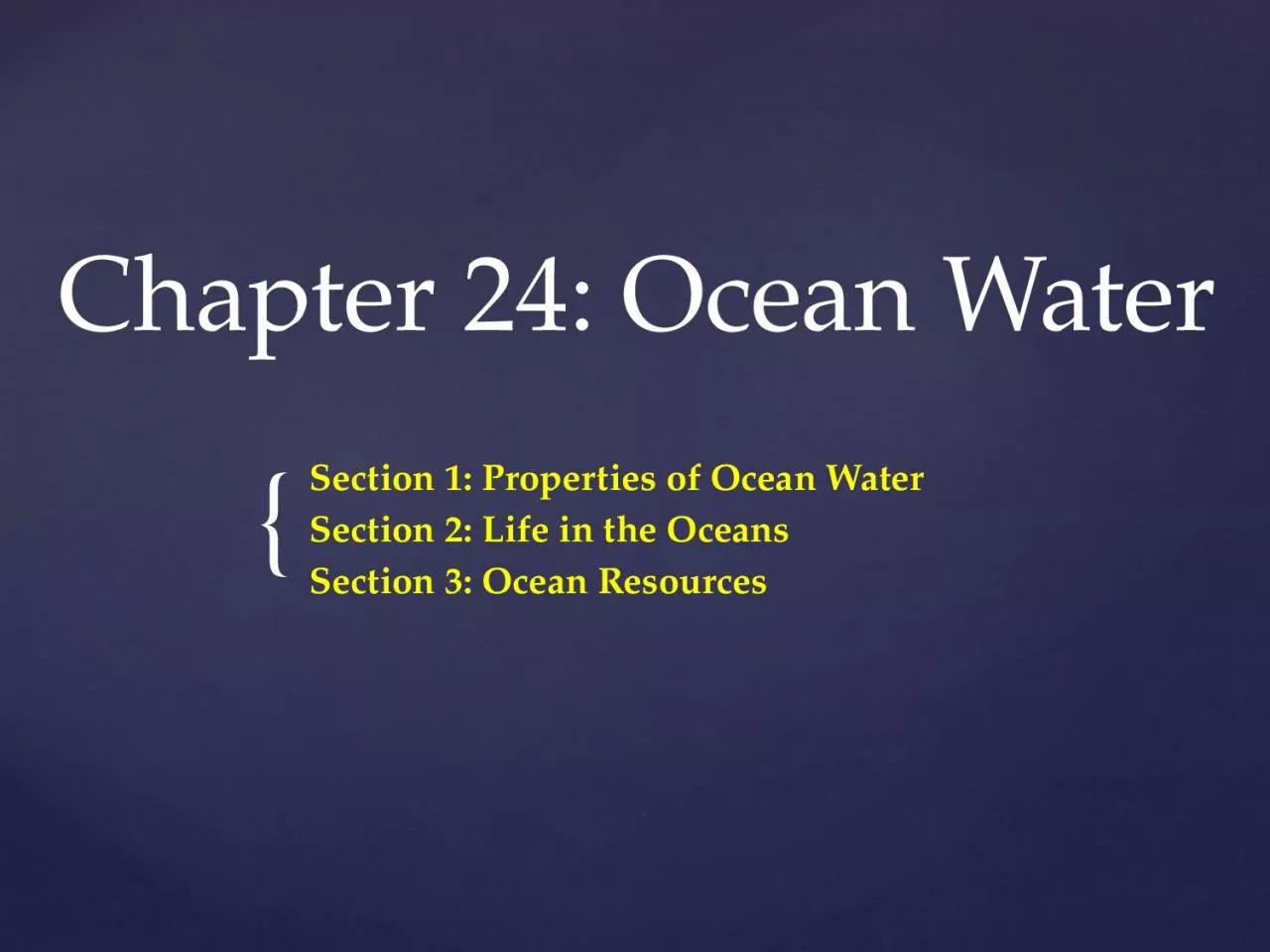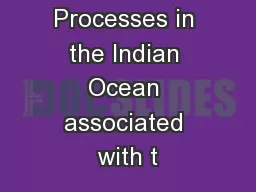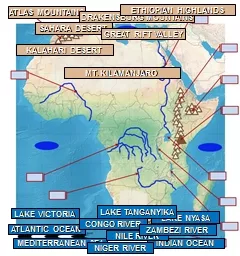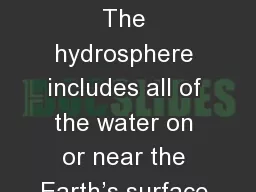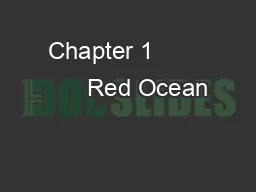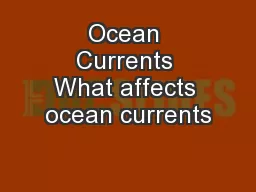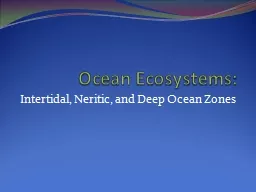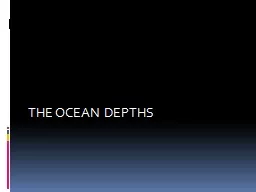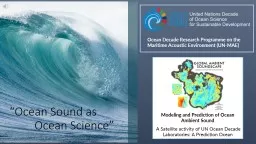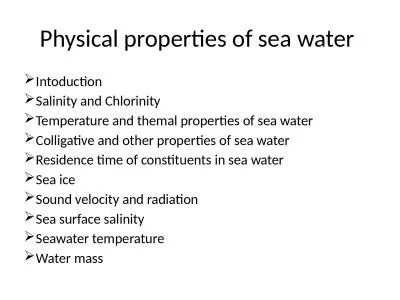PPT-Chapter 24: Ocean Water Section 1: Properties of Ocean Water
Author : ava | Published Date : 2023-10-04
Section 2 Life in the Oceans Section 3 Ocean Resources Salinit y measure of the mount of dissolved salts and other solids in a given liquid Thermocline marks the
Presentation Embed Code
Download Presentation
Download Presentation The PPT/PDF document "Chapter 24: Ocean Water Section 1: Prope..." is the property of its rightful owner. Permission is granted to download and print the materials on this website for personal, non-commercial use only, and to display it on your personal computer provided you do not modify the materials and that you retain all copyright notices contained in the materials. By downloading content from our website, you accept the terms of this agreement.
Chapter 24: Ocean Water Section 1: Properties of Ocean Water: Transcript
Download Rules Of Document
"Chapter 24: Ocean Water Section 1: Properties of Ocean Water"The content belongs to its owner. You may download and print it for personal use, without modification, and keep all copyright notices. By downloading, you agree to these terms.
Related Documents

